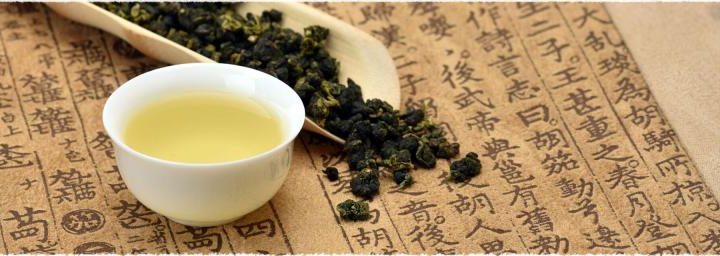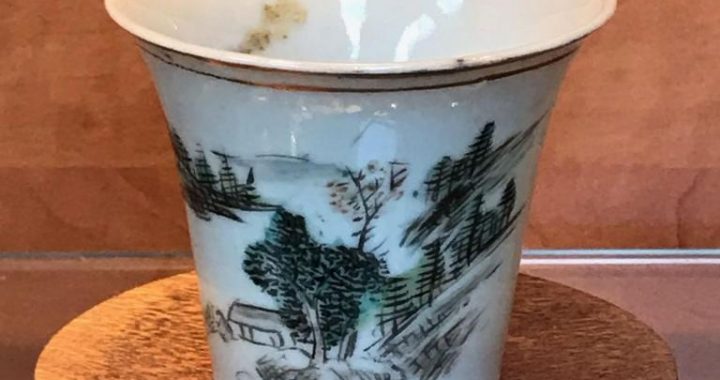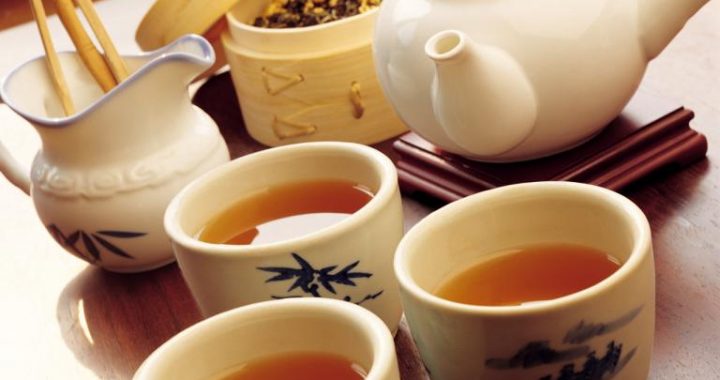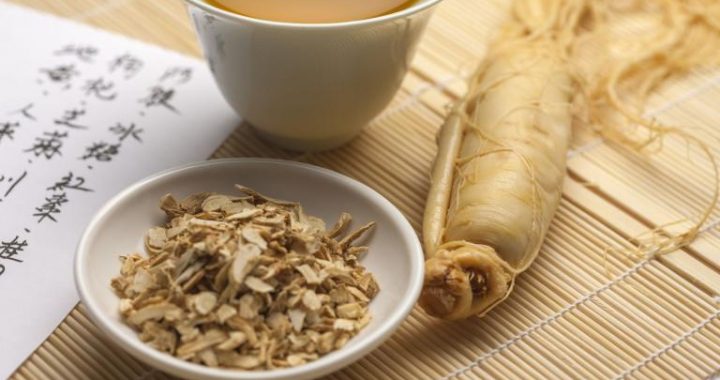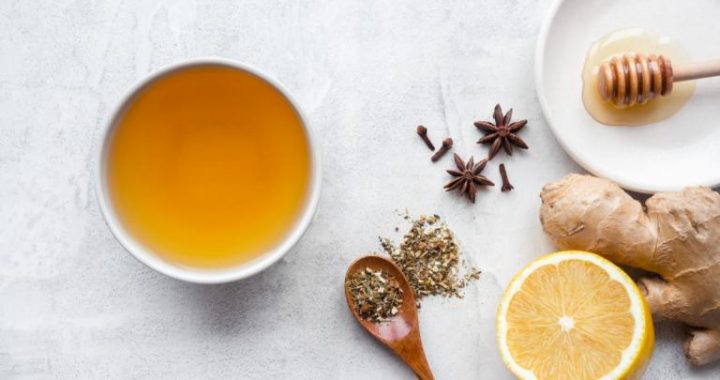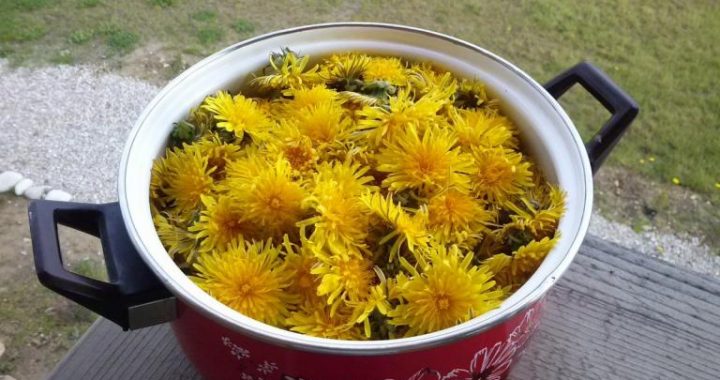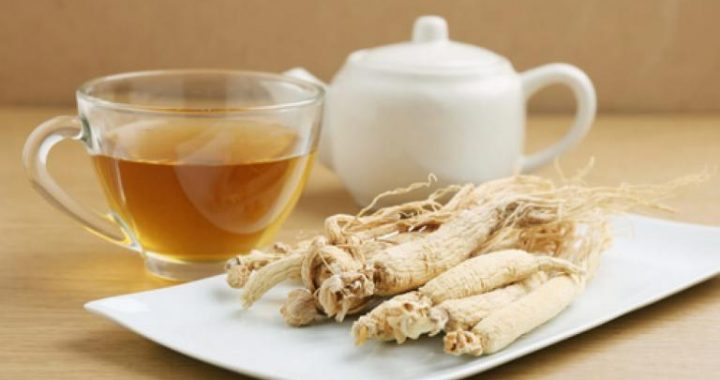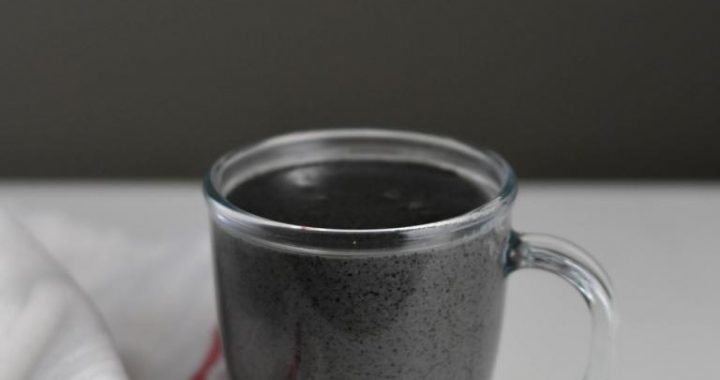According to the type and age of the tea tree: arbor tea and terrace tea, etc
3 min readWe find words such as”arbor tea”and”ancient arbor tea””on packages of Pu-erh tea and also hear terms like”terrace tea”and”wild ancient arbor tea.’ All these terms are related to the type and age of the source tree of the tea.
Arbor tea
All the tea trees evolved from the tea trees with high trunks in south Yunnan. They were planted in the north, east and south via different routes. As the temperature and humidity were lower in their new growing places, they adapted to withs-tand these conditions. The tree leaves became smaller, and the trees finally were reduced to short bushes without trunks. Arbor is a plant that has a tall trunk and branches in the shape of a crown high above the ground. It is commonly called a tree. Arbor tea is made from the fresh leaves picked from these trees in the Pu-erh tea-producing area in Y unnan. Comparatively speaking, arbor tea depends on fewer arti-ficial factors, such as fertilizer and pesticide than terrace tea. In other words, arbor tea is more ancient, ecological and healthy, and it can better satisfy the psychological and physical needs of modern times. However, it is more expensive than terrace tea.
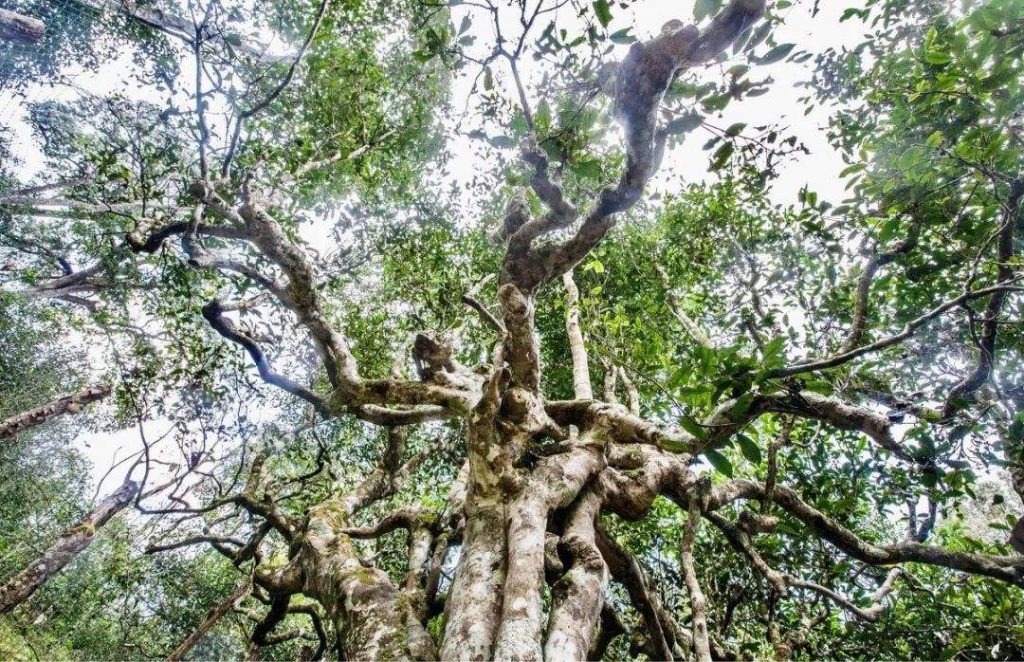
sprout of the first-batch spring arbor tea int syroningthe wstray of erlignygy hine trough the logo the rdient c In the early morning, the first ray of sunlight shines through the fog on the ancient tea trees at Luoshuidong, Y iwu.
sprout of the arbor tea tree
sprout of the terrace tea tree
Terrace fresh tea leaves Terrace tea garden
‘Ancient arbor tea”specifies the age of the arbor tea.The fullgrown trees are at least 100-200 years old.Therefore,ancient arbor tea leaves are picked from trees at least 200-300 years old.The high mountains in southwest Yunnan is the place of origin of tea trees.Before the“Cultural Revolution,’there were 200-to 900-year-old ancient tea trees abounding in the region producing Pu-erh tea(the six major tea-producing mountains in ancient and modern times).Subsequently,to meet the growing demand,the tea farmers cut large numbers of ancient tea trees and let the short trees grow from the roots ofthese ancient tea trees,or they simply grew large areas of ter-race tea trees to facilitate tea picking and management.Today,Y unnan tea gardens are similar to the tea gardens south of the Yangtze River.Many ancient tea trees,such as the King of the Bada wild tea tree which is 1,700 years old,the 800-year-oldking of the transitional type in Nannuo Mountain and the huge 1,000-year-old tea gardens in Jingmai Mountain still remain.
You can also find many ancient arbor tea gardens housing 200一300-year-old trees.There are different definitions of the “wild ancient arbor tea”in the tea industry.The“wild ancient” arbor tea”is relative to the “modern managed terrace tea.’
According to the definition of”wild type-transitional type-planted type”in the academic world, there is virtually no real wild Pu-erh tea any more. Apart from wild arbor tea trees, there are also wild bush tea trees.
Terrace tea trees
Terrace tea trees are planted tea bushes. Constant tea pic-king and trimming, keep these trees short. They are densely planted with little space for them to spread. Such tea trees are characterized by small thin leaves, and their sun-baked green crude tea striations are also delicate. Terrace tea trees are also known as base tea trees or garden tea trees.
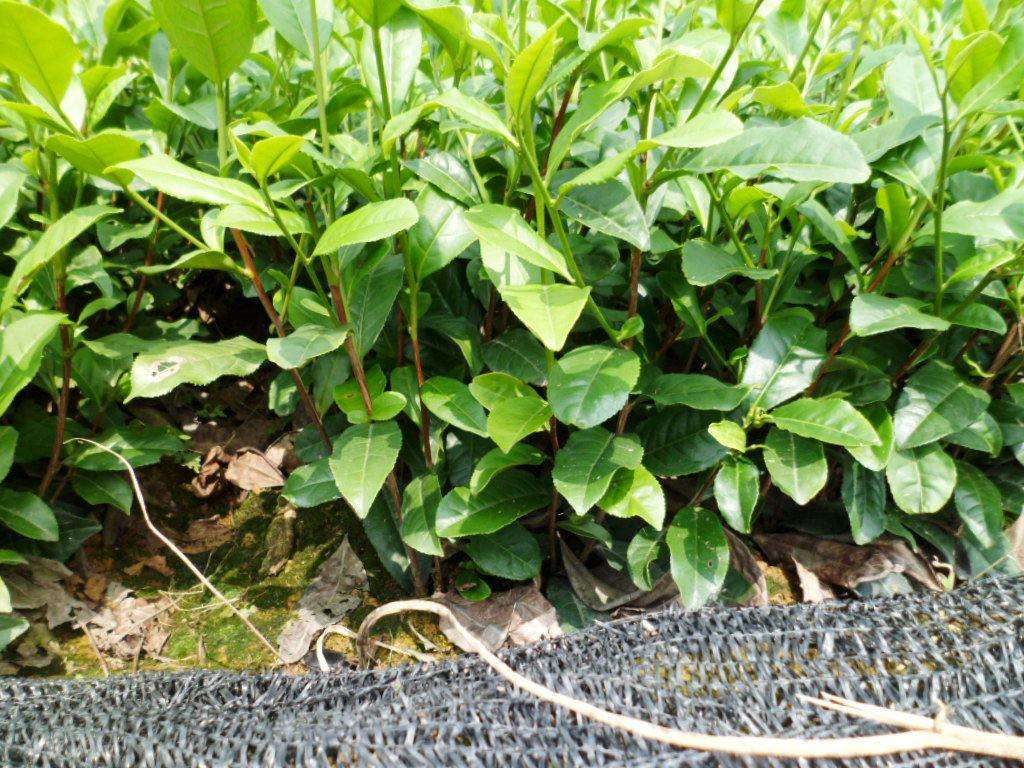
Tea farmers cultivate the land on the mountain slopes and plant tea trees on the terraced slope, giving the name”terracetea.”The arbor tea trees are older than terrace tea trees and their extract is also different. The differences in the place of origin of the raw materials, processing, storage environment and pile fermentation technology have a direct influence on the quality of Pu-erh tea, lending the subtle differences in the tealiquids. However, the differences do not indicate superiority of one over the other.
The words”ancient arbor tea”bring to mind a sense of purity and closeness with nature. For this, arbor tea commands a higher price than terrace tea. However, this does not signify its superiority, because both have their own characteristics.
